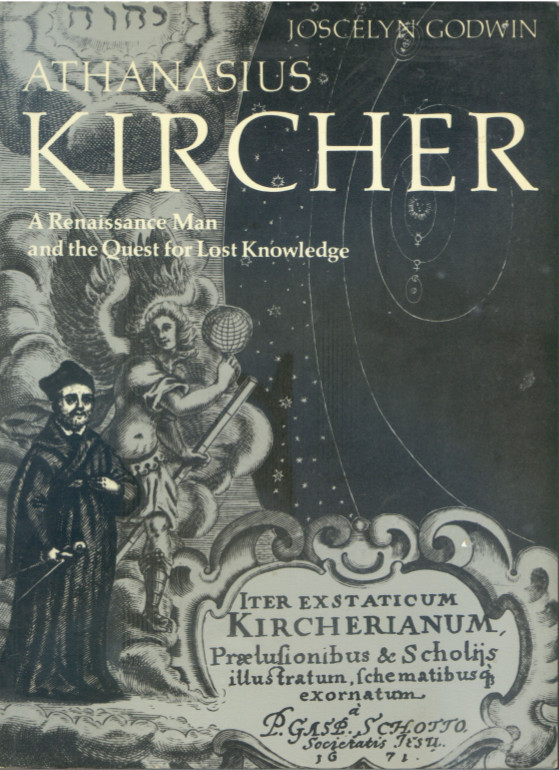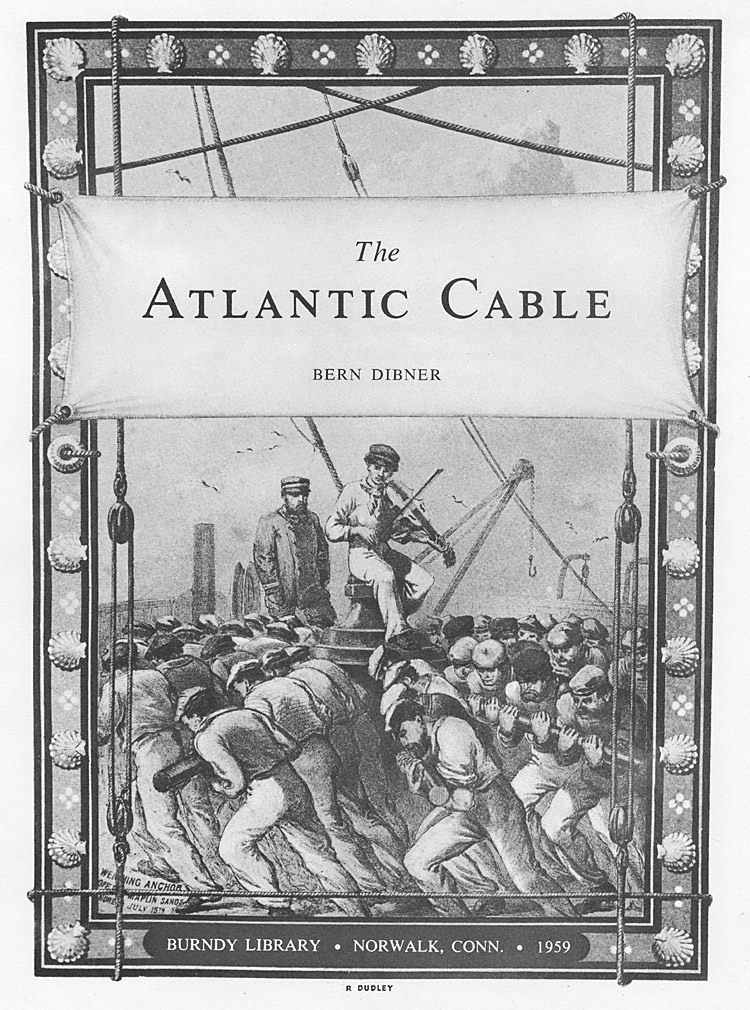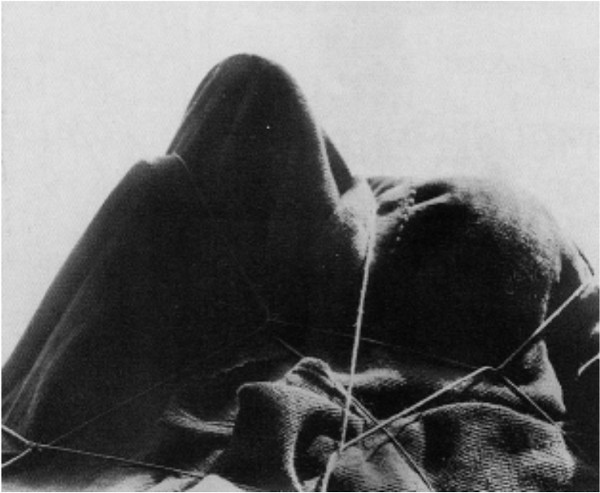Joscelyn Godwin: Athanasius Kircher: A Renaissance Man and the Quest for Lost Knowledge (1979)
Filed under book | Tags: · 1600s, archaeology, history of science, history of technology, kabbalah, linguistics, magnetism, music, mysticism, optics, religion, science, technology

Athanasius Kircher (1602-80) stands out as one of the last all-encompassing minds, living in the age of Descartes and Newton, but expounding his knowledge in the light of a unified, spiritual world-view. For this true Renaissance man, the whole cosmos was a glorious theophany waiting to be explored.
Kircher was a Jesuit and an archeologist, a phenomenal linguist and an avid collector of scientific instruments and geographical exploration. He probed the secrets of the subterranean world, deciphered archaic languages, experimented with alchemy and music-therapy, optics and magnetism.
Egyptian mystery wisdom, Greek, Cabbalistic and Christian philosophy met on common ground in Kircher’s work; his sumptuous, encyclopaedic volumes were revered throughout Europe. His gigantic oeuvre is approached here through striking engravings – most of them reprinted for the first time – together with annotations and an introduction to Kircher’s life and work.
Publisher Thames & Hudson, 1979
Art and Imagination series
ISBN 0500810222, 9780500810224
96 pages
PDF (121 MB, no OCR)
Comment (0)Bern Dibner: The Atlantic Cable (1959)
Filed under book | Tags: · history of science, history of technology, science, technology, telegraphy

“Bern Dibner wrote a lucid chronological history of the laying of the Atlantic Cable. He covers the early experiments of Morse in New York Harbor in 1842; Ezra Cornell’s laying of a line across the Hudson River in 1845; the five actual attempts at laying the cable; and the eventual success in completing two telegraph circuits connecting Newfoundland and Ireland in 1866.
Cyrus Field was, in the words of William Thomson (later Lord Kelvin), the “originator and mainspring” of the project, which was regarded as foolhardy in many quarters. At the outset in 1854, Field realized that many electrical, mechanical, oceanographical, and nautical problems would have to be solved. Having sought and obtained encouragement of specialists in each of these areas, he was able to raise the necessary capital to finance the design, manufacture, transportation, and laying of the submarine telegraph cable. Field did not foresee, however, that the enterprise would take twelve years and forty long, hazardous trans-Atlantic crossings (the first by sailing vessel); that it woudl touch the fields of science, politics, finance, and geography; and that it would cost $12,000,000.
This book makes clear the roles of Field and Morse and Thomson, of the ships’ captains and the financial backers, and of all those who played a part in the courageous undertaking.” (source)
Publisher Burndy Library, Norwalk/Connecticut, 1959
96 pages
via Smithsonian Libraries
Videos about the transatlantic telegraph cable (via Marcell Mars):
The Great Transatlantic Cable (PBS, 120 min), torrent
Modern Marvels S01E06 – Transatlantic Cable (44 min)
History Detectives – Transatlantic Cable (PBS, 16 min)
PDF (no OCR)
Comment (0)The Shape of Experiment (2006)
Filed under proceedings | Tags: · art, art history, experiment, experimental art, history of science, history of technology, science, technology

What is the result of recent studies on the history of experiment? How has our image of science been changed since Ian Hacking’s statement, “experimentation has a life of its own,” turned into a catch phrase for investigations into the history of science? What is the lesson to be drawn from the studies following Steven Shapin’s and Simon Schaffer’s Leviathan and the Air Pump (1985) and Peter Galison’s How Experiments End (1987)?
In trying to answer these questions, this conference did not aim at contributing to a more developed philosophy of scientific experimentation, nor did it try to return to the grand narratives on the history of science. Rather, the goal of this conference was to identify characteristic configurations within in the history of experimentalization from 1800 to the present. The guiding question was: what are the typical forms of experiment that emerged in the separated and shared history of science, technology, and the arts?
Conference: The Shape of Experiment, Berlin, 2-5 June 2005
Publisher Max-Planck-Institute for the History of Science, Berlin
Preprint series, No. 318
235 pages
conference (prepared by Julia Kursell, Sven Dierig, and Henning Schmidgen)
publisher

